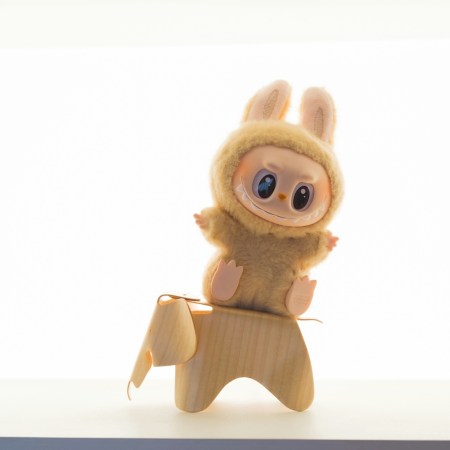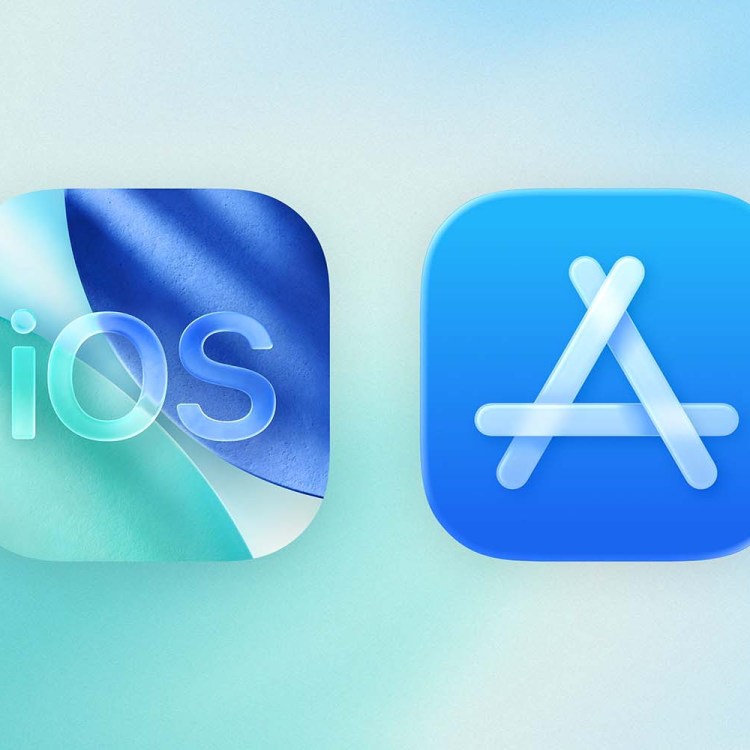Archaeology might bring to mind a couple of things: Indiana Jones, ancient Egyptian artifacts…Indiana Jones again.
Something you might not associate with the field of study is TikTok, but like everything else under the sun, the Arch-Tok community is alive and well on the app. Creators discuss dig drama, ethics, why some people have walls of human spines (and why they shouldn’t, actually) and what the field will look like once people stop assuming they all look like Indiana Jones.
Creator and student Steph Black (or @archthot on TikTok) is one of the archaeology creators on the app. “I can’t remember exactly when I started posting actual archaeology content,” she tells InsideHook. “But I think I posted some things about archaeology in about October of 2019, and people started following me for that.”
Black’s story of how she got into the field started with one desire: “I used to read a book series as a child. It was about this archaeologist going on these fantastic adventures, it was very not at all realistic. And the guy had an arch nemesis, and I was like, very into the idea of having an arch nemesis.” When it came time for her to pick a university course, she chose archaeology, and now she’s pursuing a Masters, and hopefully (“fingers crossed!” she says) a PhD in archaeology at Durham University in the UK.
She found that posting on TikTok was one way to connect with other academics all over the world, while dispelling some of the myths about the field. “People still don’t quite know what archaeologists do, or they think that we’re all like people from the 19th or the early 20th centuries, just going out happily stealing objects.” Being able to post content about her field was a way that she found helpful in providing education to people, starting with seeing a woman in the field. “There are a lot of people who go into archaeology, but I definitely think the faces you see are often times more of the old ones. I don’t necessarily think that people are able to interact with it, which is what I want to try and do.”
Archaeology is just one field of academia that’s found a place on social media platforms (there are also popular accounts for students studying Classics, or the ever popular Book-Tok that has students studying English Lit at the forefront). Steph thinks that social media can be an equalizer for people who want to start accessing information. “People can be really intimidated by universities, ‘Oh my god, you’ve been to university, you’ve got to be super intelligent.’ And it’s like, no, these topics can, to an extent, be explained in the 15 second video.” But of course, she hastens, the education doesn’t stop on the app. “I never think my account should be a stopping point. When people comment that they want to know more. I’m like, ‘Okay, this is where you can find it.’”
One of the topics that’s closest to Black’s heart that she covers is the importance of the human element of archaeology. From videos of her talking about her approach to excavating the remains of children, to memes about the textile industry of the distant past, making academia approachable also starts with the respect for the work itself.
“I had a video that went sort of viral a while ago, talking specifically about children that died in childbirth.” she explains, “I had so many mothers in the comments, or people who had had stillbirths, or who had lost children in infancy. It was honestly heartbreaking, but it proved the connection that these women felt to this family who lived literally 1000s of years ago.”
Like any internet community, there’s also a fair share of drama. Black posted a video that went viral about another creator, @jonsbones, who was the owner of the aforementioned wall of human spines, who was posting videos of human remains and doing in-person pop up displays of human remains in order to “normalize” seeing human bones in archaeology. Black posted a video calling out the creator for their lax approach to the bodies of people’s ancestors, and inspired more conversations about ethics in the field on the app. “When people are kind of cavalier about it — I mean, anyone who works with human remains, anyone who works within archaeology, knows that ethics and respect is important, because that’s what you’re learning,” Black explains, “you’re learning about people. That’s what ultimately archaeology is about. And so if you as a human can’t connect, how can you ever hope to understand what people were doing?”
As far as the future of the field, Black has a lot of hope, including social media as one tool of many in making fields like archaeology feel accessible and decolonizing a field that has been used in racist ways, and without education could continue to be used that way. “I want you to see a video I make on a topic and think ‘Oh, wow, I’m interested. Let me go and know more because I want to know about that thing.’” She doesn’t want her own learning to end on a 15-second Tik Tok video, so she doesn’t encourage the same of the viewers of her content. “I’m trying to work on putting more resources in my videos and explaining where I get my information from. The response I get from people is like, ‘Hey, I want to learn more!’ And I’m like, ‘Exactly, that’s what I should be doing.’” she laughs “Let’s go read some articles!”
This article appeared in an InsideHook newsletter. Sign up for free to get more on travel, wellness, style, drinking, and culture.

























